Affordable Hope: Stem Cell Therapy for COPD in Colombia
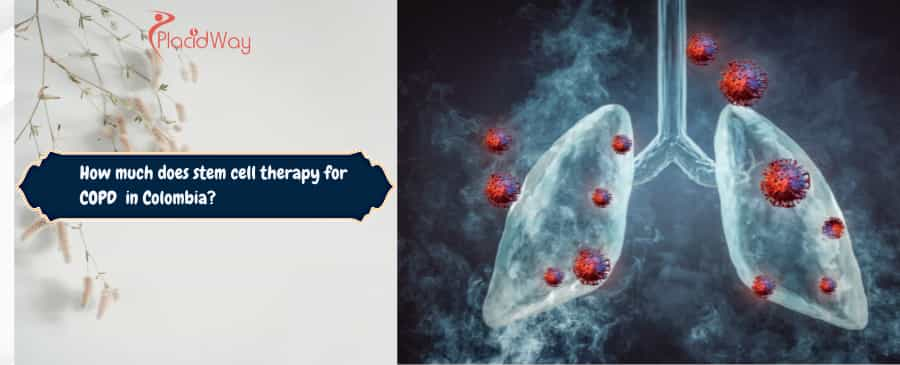
Chronic Obstructive Pulmonary Disease (COPD) is a progressive lung condition that significantly impacts a person's ability to breathe and enjoy daily life. While there's no known cure for COPD, stem cell therapy has emerged as a promising avenue for managing symptoms and potentially improving lung function. Colombia has become a notable destination for those seeking such treatments, often offering more affordable options compared to many Western countries. This blog post delves into the costs, efficacy, and other crucial aspects of stem cell therapy for COPD in Colombia, addressing common questions from patients worldwide.
What is the average cost of stem cell therapy for COPD in Colombia?
"The average cost of stem cell therapy for COPD in Colombia typically ranges from $8,500 to $15,000, though prices can vary based on the clinic, the specific treatment protocol, and the number of sessions required."
Colombia has gained a reputation as a medical tourism hub, partly due to its competitive pricing for advanced medical procedures like stem cell therapy. This cost range is significantly lower than in countries like the United States, Canada, or the United Kingdom, where similar treatments can cost upwards of $20,000 to $50,000. The affordability in Colombia is attributed to lower operational costs, favorable exchange rates, and a robust medical infrastructure. Patients considering stem cell therapy for COPD often find Colombia an attractive option for high-quality care without the hefty price tag.
What factors influence the cost of stem cell therapy for COPD in Colombia?
"Several factors influence the cost of stem cell therapy for COPD in Colombia, including the type of stem cells used (autologous vs. allogeneic), the number of cells administered, the complexity of the patient's condition, the clinic's reputation, and any additional services included in the treatment package."
Type of Stem Cells Used:
- Autologous Stem Cell Therapy: This involves harvesting stem cells from the patient's own body (e.g., bone marrow or adipose tissue). It is generally less expensive as it avoids the complexities and costs associated with donor matching and procurement.
- Allogeneic Stem Cell Therapy: This uses stem cells from a donor (e.g., umbilical cord blood or tissue). While potentially offering a broader range of therapeutic cells, it typically costs more due to donor screening, matching, and additional safety measures.
Number of Cells Administered and Sessions: The dosage of stem cells and the number of treatment sessions required for optimal results directly impact the overall cost. More severe COPD cases might necessitate a higher cell count or multiple infusions.
Clinic's Reputation and Expertise: Established clinics with a strong track record, highly experienced medical teams, and state-of-the-art facilities may charge more for their services. This often reflects their investment in advanced technology and their commitment to safety and efficacy.
Included Services: Some clinics offer comprehensive packages that cover not only the stem cell therapy itself but also pre-treatment assessments (blood tests, imaging), post-treatment follow-ups, accommodation, airport transfers, and even translation services. These all-inclusive packages can influence the total price.
Is stem cell therapy for COPD effective?
"While not a cure, stem cell therapy for COPD has shown promising results in clinical studies and patient reports, primarily by reducing inflammation, promoting tissue repair, and potentially improving lung function and quality of life."
Stem cell therapy for COPD is still considered an investigational treatment by many mainstream medical bodies, but ongoing research and clinical trials are yielding encouraging outcomes. Mesenchymal Stem Cells (MSCs), often used in these therapies, possess immunomodulatory and regenerative properties. They are believed to help by:
- Reducing Inflammation: COPD is characterized by chronic inflammation in the airways. MSCs can help dampen this inflammatory response, potentially slowing disease progression.
- Promoting Tissue Repair: Stem cells have the potential to differentiate into various cell types and secrete growth factors that encourage the repair of damaged lung tissue and stimulate the formation of new capillaries, which can lead to improved oxygen exchange.
- Improving Quality of Life: Many patients report improvements in symptoms like shortness of breath, exercise tolerance, and overall well-being following stem cell treatment.
It's important to note that while improvements are often observed, a complete "cure" for COPD is not currently achievable with stem cell therapy. The goal is typically to manage symptoms, slow disease progression, and enhance the patient's quality of life.
How long does stem cell therapy for COPD last?
"The duration of the benefits from stem cell therapy for COPD can vary, with some patients experiencing improvements for several months to over a year. The long-term efficacy and need for repeat treatments are still subjects of ongoing research."
The effects of stem cell therapy are not always permanent, as the body's regenerative processes are complex and ongoing. Factors such as the severity of the COPD, the type and number of stem cells administered, and the patient's overall health and lifestyle choices can influence how long the benefits last. Some patients may experience a sustained improvement, while others might find that the effects gradually diminish over time, potentially requiring additional "booster" treatments. Clinics typically provide guidance on expected outcomes and potential follow-up protocols.
What are the risks of stem cell therapy for COPD?
"The risks associated with stem cell therapy for COPD, particularly with legitimate clinics following ethical guidelines, are generally considered minimal. Potential risks include temporary discomfort at the injection site, mild fever, or, in rare cases, infection or adverse immune reactions."
As with any medical procedure, there are potential risks, though reputable clinics prioritize patient safety. For autologous stem cell therapy, where cells are harvested from the patient's own body, the risk of immune rejection is virtually eliminated. When using allogeneic (donor) cells, careful screening and processing are crucial to minimize risks. Specific risks to be aware of include:
- Local Discomfort: Bruising, swelling, or pain at the site where stem cells are harvested (e.g., abdomen for adipose tissue, hip for bone marrow) or injected.
- Mild Systemic Reactions: Some patients might experience a temporary low-grade fever, fatigue, or headache after the infusion, similar to a mild flu.
- Infection: As with any procedure involving needles or incisions, there is a small risk of infection, which is mitigated by sterile techniques in reputable clinics.
- Adverse Immune Reaction: While rare with properly screened cells, there is a theoretical risk of an immune response, especially with allogeneic treatments.
- Unproven Treatments: A significant risk exists when patients seek unproven or unregulated stem cell treatments from clinics that do not adhere to established medical standards. Such clinics may offer treatments with no scientific basis, potentially leading to serious complications or no therapeutic benefit. It is crucial to choose internationally accredited clinics that follow strict protocols.
What to expect during stem cell therapy for COPD in Colombia?
"During stem cell therapy for COPD in Colombia, patients can expect a multi-day process typically involving an initial consultation and diagnostics, followed by stem cell harvesting (if autologous), laboratory processing, and then the administration of the cells, often via intravenous infusion or nebulization."
The general process for stem cell therapy for COPD in a reputable Colombian clinic usually involves:
Initial Consultation and Diagnostics: This phase involves a thorough review of your medical history, current medications, and lung function tests (like spirometry and CT scans). The medical team will assess your eligibility for stem cell therapy and discuss potential benefits and risks.
Stem Cell Harvesting (for Autologous Therapy): If you are receiving autologous cells, a minor procedure, often a "mini-liposuction" for adipose-derived stem cells or a bone marrow aspiration, will be performed to collect your stem cells. This is typically done under local anesthesia with mild sedation.
Laboratory Processing: The harvested cells are then transported to a specialized laboratory where they are processed, concentrated, and cultured (if necessary) to ensure they are viable and potent for re-administration. This step is critical for the quality and safety of the treatment.
Stem Cell Administration: The processed stem cells are then administered back into your body. For COPD, this often involves:
- Intravenous (IV) Infusion: The cells are delivered directly into your bloodstream, allowing them to circulate throughout the body.
- Nebulization/Inhalation: In some protocols, the stem cells may be prepared in a form that can be inhaled directly into the lungs, aiming for more localized delivery.
Post-Treatment Monitoring: After the procedure, you will be monitored for any immediate reactions. Clinics usually provide post-treatment guidelines and schedule follow-up appointments to track your progress and assess the therapy's effectiveness. Patients often report gradual improvements over several weeks or months.
Are there legitimate clinics for stem cell therapy for COPD in Colombia?
"Yes, there are legitimate and reputable clinics in Colombia that offer stem cell therapy for COPD, often adhering to international standards of medical care and ethical guidelines. Patients should research clinics thoroughly, looking for accreditations, experienced medical staff, and transparent communication about treatment protocols."
Colombia has a growing medical tourism industry, and several clinics specialize in regenerative medicine, including stem cell therapy. When considering a clinic, it's essential to:
- Check Accreditations: Look for clinics that have international accreditations or affiliations that demonstrate adherence to high standards of patient care and safety.
- Review Medical Staff Qualifications: Ensure the doctors and medical professionals involved are highly qualified, experienced in regenerative medicine, and board-certified in relevant specialties.
- Transparency and Communication: A legitimate clinic will be transparent about their treatment protocols, the types of stem cells used, success rates (based on scientific data, not anecdotal claims), and potential risks. They should also provide clear cost estimates.
- Patient Testimonials and Reviews: While not the sole factor, reviewing patient testimonials and independent reviews can offer insights into the experiences of others.
Examples of clinics that are often mentioned in the context of stem cell therapy in Colombia include Stem Cells Kyron in Cali and Regencord in Pereira, among others. It's always advisable to conduct your own due diligence and, if possible, consult with your primary healthcare provider before making a decision.
How does stem cell therapy compare to conventional COPD treatments?
"Stem cell therapy for COPD offers a different approach compared to conventional treatments, which primarily focus on managing symptoms and slowing progression rather than repairing damaged tissue. Conventional treatments include bronchodilators, corticosteroids, oxygen therapy, and pulmonary rehabilitation."
Conventional treatments for COPD are essential for managing the disease and include:
- Bronchodilators: Medications that relax the muscles around the airways, helping to open them up and make breathing easier.
- Corticosteroids: Anti-inflammatory medications, often inhaled, to reduce airway inflammation.
- Oxygen Therapy: Supplemental oxygen for patients with low blood oxygen levels.
- Pulmonary Rehabilitation: A program that combines exercise training, disease education, nutrition counseling, and psychological support to improve physical conditioning and quality of life.
While these treatments effectively alleviate symptoms and improve daily functioning, they do not repair the underlying lung damage. Stem cell therapy, on the other hand, aims to address the root causes by reducing inflammation and potentially regenerating damaged lung tissue. It is often viewed as a complementary or alternative option for patients who may not find sufficient relief from conventional therapies or are seeking more regenerative approaches.
What types of stem cells are used for COPD treatment?
"The most commonly used type of stem cells for COPD treatment are Mesenchymal Stem Cells (MSCs), which can be derived from various sources like adipose (fat) tissue, bone marrow, or umbilical cord tissue."
MSCs are multipotent stromal cells that can differentiate into a variety of cell types, and they also have significant immunomodulatory and anti-inflammatory properties. These characteristics make them attractive for regenerative medicine applications.
- Adipose-Derived Stem Cells (ADSCs): These are easily harvested from a patient's own fat tissue through a mini-liposuction procedure. They are abundant and can be readily expanded in a laboratory.
- Bone Marrow-Derived Stem Cells (BMDCs): These are extracted from bone marrow, typically from the hip bone. They are a well-studied source of MSCs.
- Umbilical Cord-Derived Stem Cells (UCD-MSCs): These are allogeneic cells, meaning they come from donated umbilical cord tissue after a healthy birth. They are considered "immunoprivileged," meaning they are less likely to provoke an immune reaction in recipients, making them a versatile option for many patients.
How should I prepare for stem cell therapy for COPD in Colombia?
"Preparation for stem cell therapy for COPD in Colombia typically involves a thorough medical evaluation, including a review of your current health status and medications, and following any specific pre-treatment instructions provided by the clinic, such as dietary restrictions or avoiding certain medications."
Once you've chosen a reputable clinic, they will provide detailed instructions for preparation. Generally, this may include:
- Comprehensive Medical Review: The clinic will require your complete medical history, including all past and current diagnoses, medications, allergies, and results from previous lung function tests and imaging studies.
- Diagnostic Tests: You might undergo new blood tests, imaging (X-rays, CT scans), and lung function assessments to get an up-to-date picture of your condition.
- Medication Adjustments: You may be advised to temporarily discontinue certain medications, especially blood thinners or anti-inflammatory drugs, before the procedure. Always follow your doctor's specific instructions.
- Lifestyle Recommendations: Some clinics may suggest dietary changes or supplements to optimize your health before treatment.
- Travel Planning: If traveling internationally, ensure your passport and visa are in order, and plan for accommodation and local transportation. Many clinics offer assistance with these arrangements.
What is the recovery like after stem cell therapy for COPD?
"Recovery after stem cell therapy for COPD is generally mild, with most patients experiencing minimal discomfort and being able to resume normal activities within a day or two. Full effects and improvements often become noticeable over several weeks to months."
Immediately after the stem cell administration, you might experience:
- Localized Soreness: If you had a fat or bone marrow harvest, there might be some bruising or soreness at the collection site for a few days.
- Mild Fatigue or Flu-like Symptoms: Some patients report feeling slightly tired or having a low-grade fever, which usually resolves within 24-48 hours.
- No Significant Downtime: Most patients do not require extensive downtime and can return to light activities relatively quickly.
- Gradual Improvement: The therapeutic effects of stem cell therapy are not immediate. It takes time for the cells to integrate and exert their regenerative and anti-inflammatory effects. Patients often report a gradual improvement in symptoms and lung function over several weeks to months following the treatment.
The clinic will provide detailed post-treatment care instructions, which may include follow-up appointments and recommendations for optimizing your recovery and the long-term benefits of the therapy.
For those considering stem cell therapy for COPD in Colombia, exploring options with PlacidWay can connect you with reputable clinics and comprehensive medical tourism solutions.


.png)




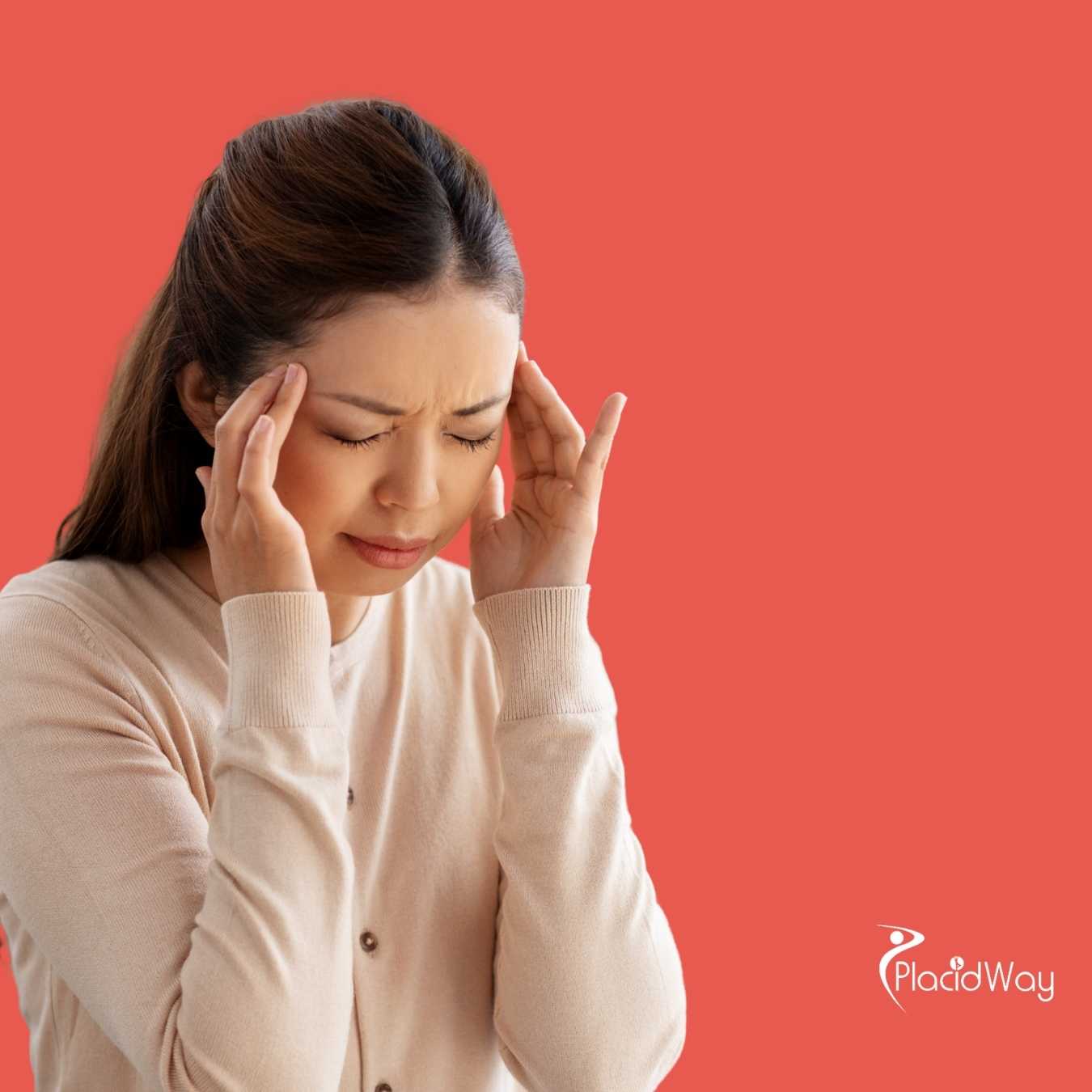

.png)
.png)
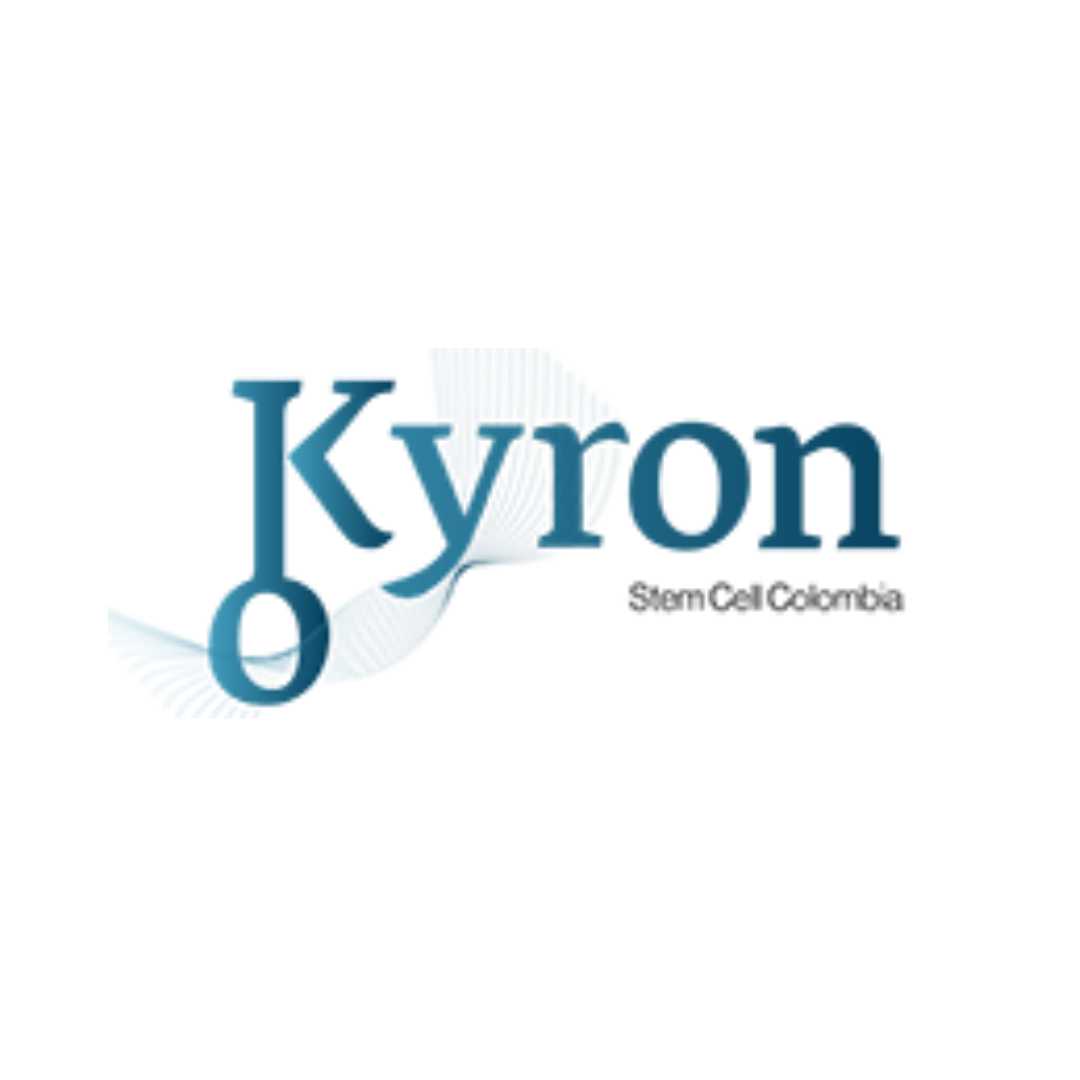

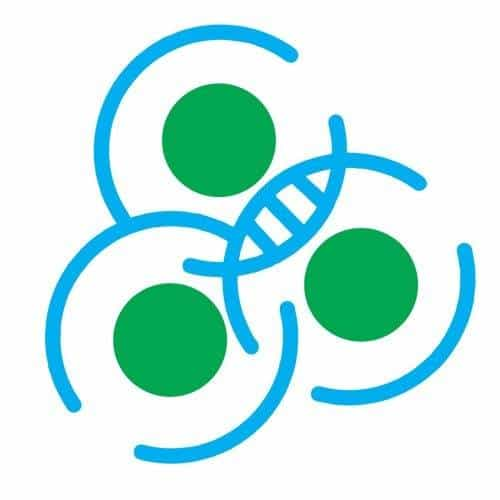

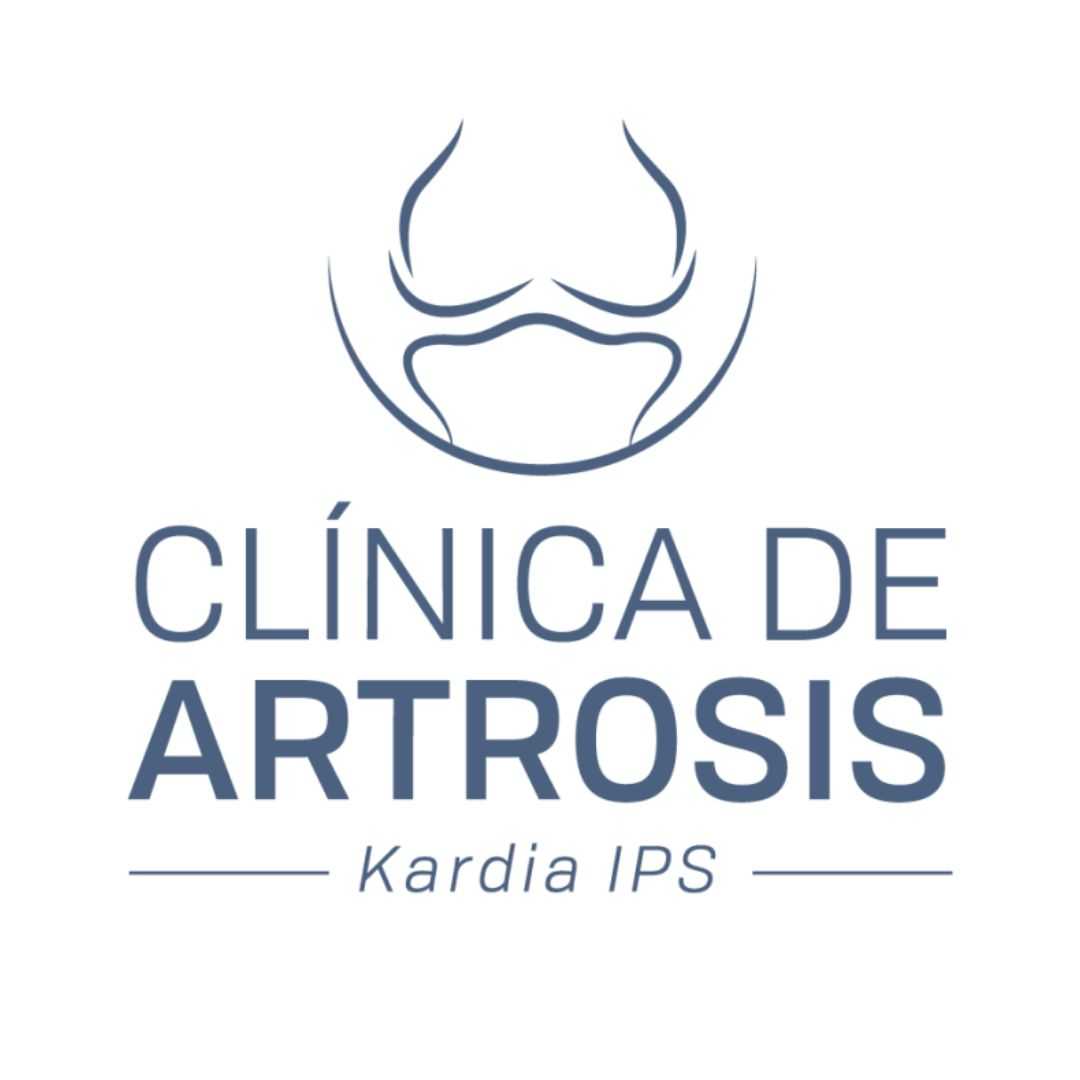

Share this listing